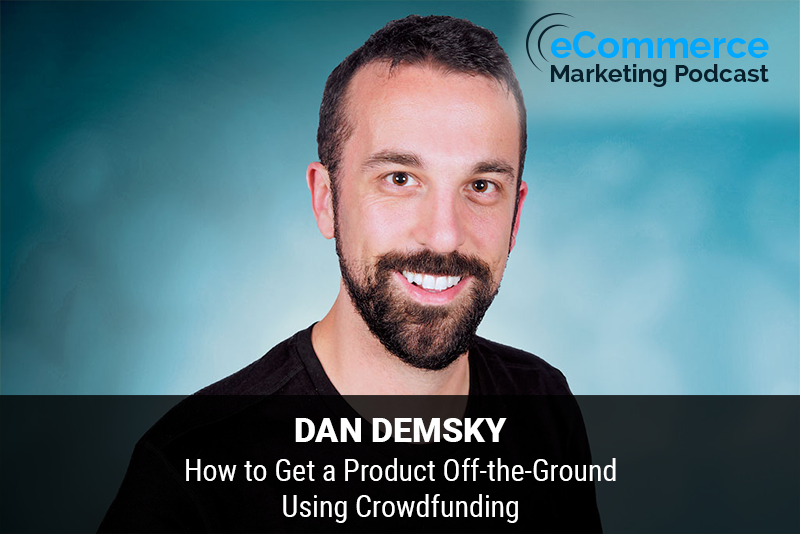
The eCommerce Marketing Podcast walks you through everything that goes into ecommerce marketing — from inbound marketing to paid advertising to conversions. Learn the strategies top marketing experts use to grow their businesses.
Marketing Strategies Revealed in this Episode:
- What is crowdfunding and how does it work?
- How to get a product off-the-ground using crowdfunding
- How to plan a crowdfunding campaign strategy
- Examples of organizations/businesses that have been successful with crowdfunding

Episode Title: Leveraging Crowdfunding to Launch a Successful E-commerce Brand
Host: Arlen Robinson
Guest: Dan Demsky, Founder of Unbound Merino
Summary: In this episode of the E-commerce Marketing Podcast, Arlen Robinson chats with Dan Demsky, founder of Unbound Merino, about how he successfully launched his e-commerce brand through crowdfunding. Dan shares his journey from running a service business to creating a product-based company, highlighting the challenges and successes along the way. He provides invaluable insights into the crowdfunding process, the importance of validating your product idea, and the strategies that helped Unbound Merino grow to $4 million in revenue within three years.
Key Takeaways:
- Introduction and Background [00:00]
- Dan’s entrepreneurial journey and the creation of Unbound Merino [02:00].
- Transition from Service Business to Product Business [04:00]
- The challenges and motivations behind shifting from a service-based business to a product-based business [05:00].
- Importance of finding a product that meets a personal need [06:30].
- Identifying the Market Need [08:00]
- Dan’s discovery of merino wool and the idea to create stylish, versatile clothing [09:00].
- Crowdfunding as a Solution [10:00]
- Why Dan chose crowdfunding to launch Unbound Merino [11:00].
- Benefits of crowdfunding: validating the idea, generating funds, and managing time [12:30].
- Preparation for Crowdfunding Campaign [14:00]
- Steps involved in preparing for a successful crowdfunding campaign [15:30].
- Importance of having a strong product prototype, brand, and marketing strategy [16:00].
- Choosing the Right Crowdfunding Platform [18:00]
- Decision to use Indiegogo over Kickstarter for its personalized support [19:00].
- Strategy to secure 30% of the funding goal in the first 48 hours [20:30].
- Executing the Campaign [22:00]
- Personalizing outreach to friends and family to create initial momentum [23:00].
- Leveraging Facebook ads and Indiegogo’s newsletter for additional exposure [25:30].
- Lessons Learned and Tips for Success [27:00]
- Importance of manufacturing momentum and social validation in crowdfunding campaigns [28:00].
- The psychological impact of a fully funded campaign on potential backers [29:00].
- Post-Crowdfunding Success [31:00]
- Growth and success of Unbound Merino after the crowdfunding campaign [32:00].
- Closing Fun Fact [34:00]
- Dan’s passion for the band Phish and how it influenced his entrepreneurial journey [35:00].
Guest Info:
- Name: Dan Demsky
- Position: Founder of Unbound Merino
- LinkedIn: Dan Demsky
- Twitter: Dan Demsky











